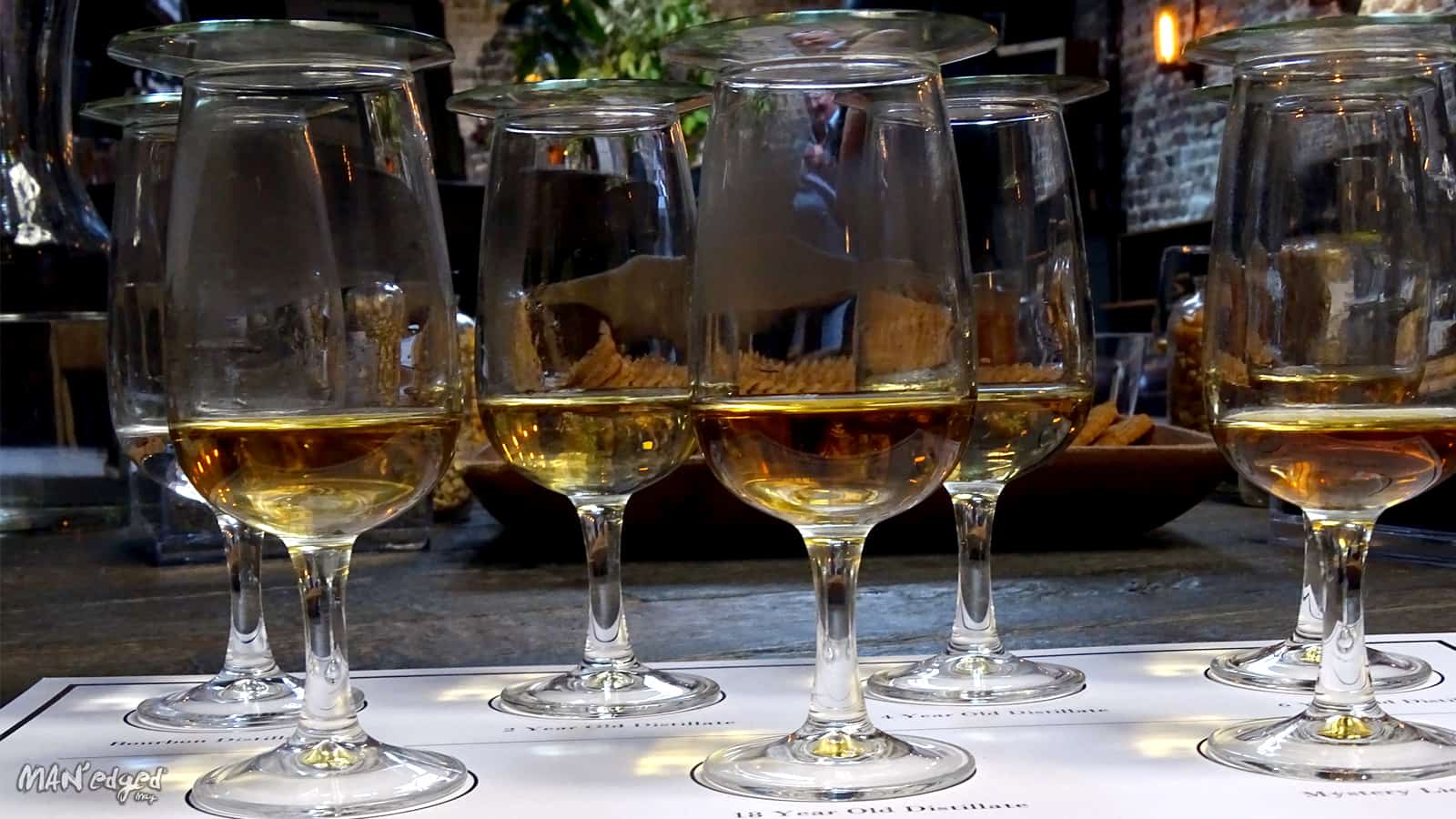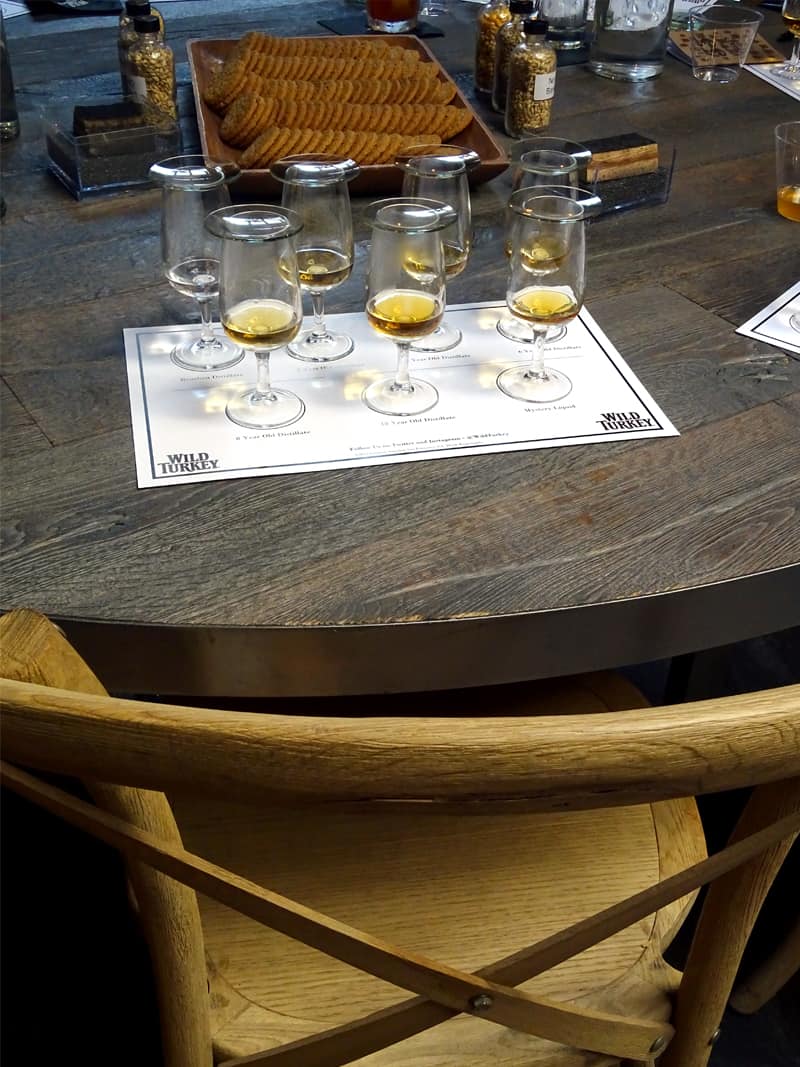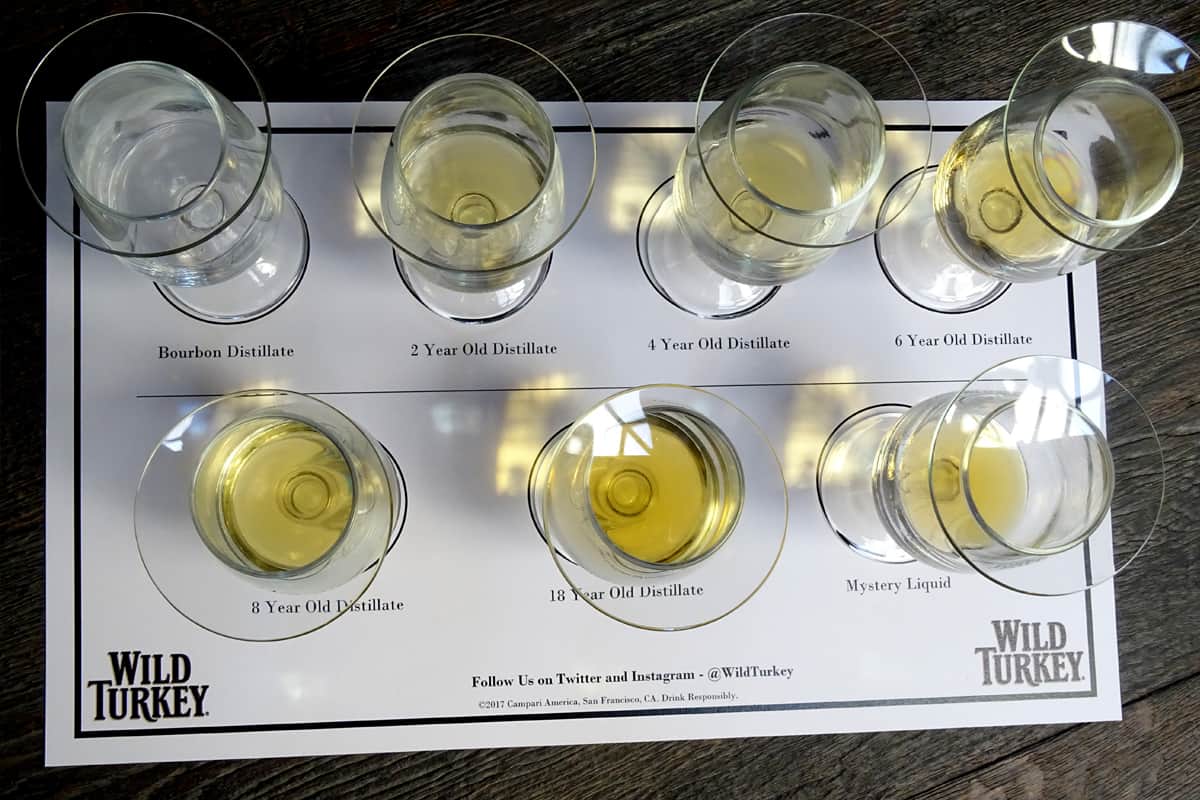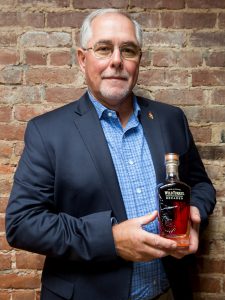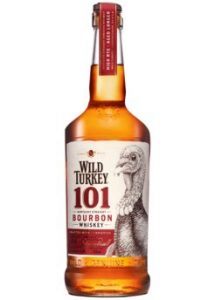The basics of bourbon whiskey
Have you been wanting to learn more about bourbon whiskey?
At this point, you might have grown tired of your usual go-to whiskey or are looking to further your knowledge as a whiskey connoisseur.
Recently, we attended a really cool whiskey tasting experience down at The Roost Bar & Lounge in NYC where we learned the ins and outs of the whiskey aging process.
Together with Bourbon Hall of Famer/Master Distiller, Eddie Russell, and Wild Turkey, we learned just about everything there is to know about bourbon whiskey.
The whiskey bourbon basics
First, we have to say that whiskey is like man’s best friend.
In order to fully appreciate it, we should know a thing or two about the basics. Whiskey has been there for us when turned 21. It’s been there for us as young professionals. It’ll be there when we get married and probably be there when/if we ever retire.
Now, it’s time for us to be there for whiskey and understand why we love it.
Today, we’re sharing everything we learned at the Wild Turkey Sensory Lab.
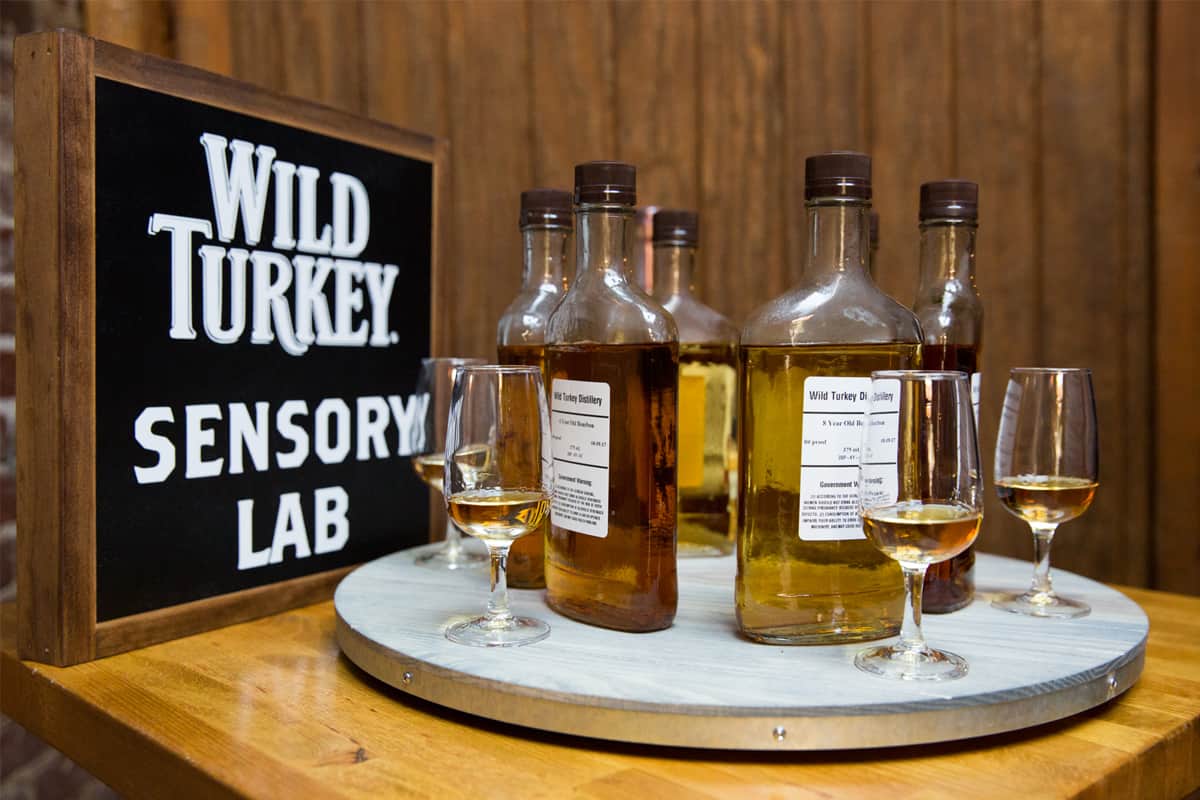
How does whiskey gain its color?
Until now, we’ve always thought that whiskey was a dark caramel color, but that’s not true.
You see, whiskey is aged inside of a barrel.
The barrel is made up of oak wood. Distillers will burn (aka char) the wood in order to create complex taste.
You with us so far?
There are 4 types of charred wood
In Wild Turkey’s Case, they opt for the darkest wood burning of No. 4 char.
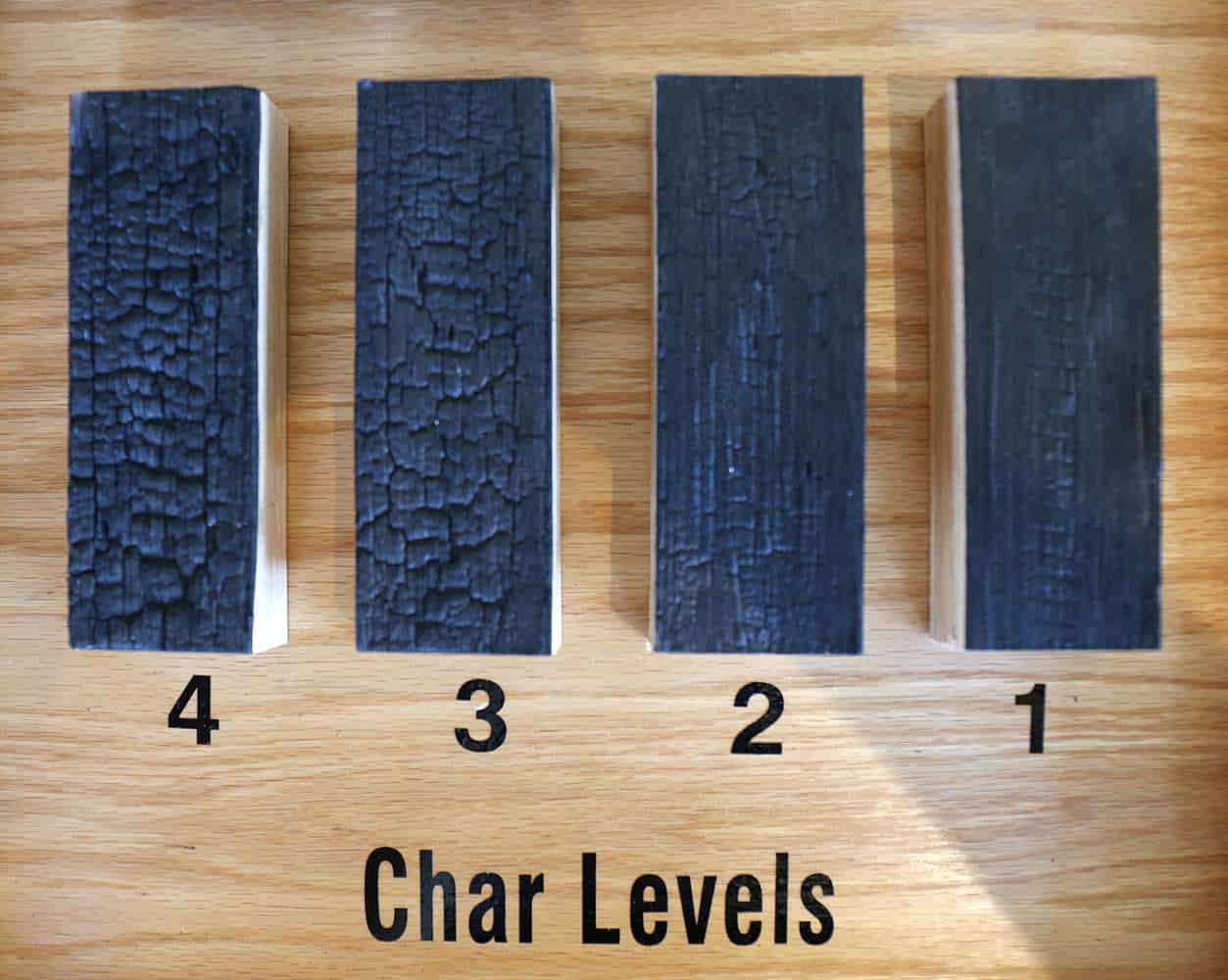
- No. 1 char – oak is burned for 15 seconds
- No. 2 char – oak is burned for 30 seconds
- No. 3 char – oak is burned for 35 seconds (most common)
- No. 4 char – oak is burned for 55 seconds (Wild Turkey’s choice)
This is also known as the “Alligator char”. The reason for this is that the wood has a shiny yet rough look surface much like that of alligator skin.
Pretty cool right?
The importance of charred wood
Charring the barrels allows the fibers of the wood to open and expand. This allows the whiskey to soak up all the natural flavors of the oak.
As VinePair.com points out, “If you’ve ever enjoyed a bourbon with notes of brown sugar, caramel, or toffee, you’ve got hemicellulose to thank”. Hemicellulose (aka wood sugar) is what forms inside the wood once it’s charred.
Check out Vinepair.com and an in-depth read on wood charring here.
What makes a whiskey taste sweet?
As we’ve said, the wood charring process helps to add to the whiskey’s taste.
So, now you’re probably wondering how long the aging process is to reach that sweet caramel flavor we all love.
In the first year, a clear distillate (yes clear!) is put into the barrels. We tasted this substance and it tasted like pure diesel alcohol poison.
Then, we moved onto a 2-year-old distillate. At this point, the liquid started to have some color, although it still tasted like some pretty tough alcohol. There were also small hints of popcorn flavor.
Next, we tasted a 4-year-old distillate. Here, the whiskey began to become more flavorful with subtle hints of caramel and sweetness.
Following this was a tasting of the 6-year old distillate. This was where the magic was. At 6 years in, most whiskeys begin to have a sweet taste evolve.
Subsequently, we also tasted an 8-year-old distillate and to our amazement, it did not taste good. It tasted just as it did at age 4.
What is considered a bourbon whiskey vs just whiskey?
Another key point in your whiskey journey is to understand what separates a bourbon whiskey from just a regular whiskey.
He also shared that Wild Turkey ages all of its whiskey for 6 years so that the taste is sweet and flavorful.
Be warned. Others can age their whiskey for 4 years and a day then slab on that bourbon label to make you think that you’re buying something older than it may be.
Time to taste
Undoubtedly, by now your taste buds are probably craving a taste of bourbon.
Whether you already consider yourself an expert or are looking to change things up, we recommend one of Wild Turkey’s most sold bourbons below called Wild Turkey 101 Bourbon Whiskey.
Tell us about your favorite bourbon whiskey
Do you have a favorite whiskey bourbon that you want to share? Tag us or mention us on Twitter/Instagram @manedgedmag


